

Recently, Sang Chen (first and corresponding author), a tenure track associate professor at the School of Oceanography, Shanghai Jiao Tong University, published a research article titled “Coherent Tracer Correlations in Deep-sea Corals and Implications for Biomineralization Mechanisms underlying Vital Effects” in the journal Geochimica et Cosmochimica Acta. The research was conducted in collaboration with California Institute of Technology, University of St Andrews and Scripps Institution of Oceanography.

Deep-sea corals live in the twilight zone of the ocean surrounded by cold seawater of low CaCO3 saturation. In addition to being an archive of deep ocean environmental changes on geological timescales, their biomineralization mechanism is also a topic of active research. Given their relatively constant growth environment, natural deep-sea corals are indeed ideal “lab rats” for biomineralization studies. In this paper, Sang Chen and his coauthors made observations of tracer variability and correlations in individual specimens of the deep-sea coral species Desmophyllum dianthus on multiple spatial scales (Fig. 1), which reveal coherent tracer correlation patterns and suggest fine control by a universal biomineralization process.
The observations of stable isotopes and trace elements in the aragonite skeletons of individual deep-sea corals show a wide range of variability despite relatively stable environmental conditions, and almost comparable to that of surface zooxanthellate corals. Different tracers are also strongly correlated and vary systematically with the growth bands in deep-sea coral skeletons (Figs. 2 and 3). The authors attempted to interpret these tracer correlation patterns with a numerical coral calcification model built upon fundamental physical chemical principles and experimentally observed biomineralization processes (Fig. 4). It was found that strong internal pH elevation by the organisms relative to the ambient seawater may help explain the wide range of tracer variability, i.e. the strong “vital effects” in deep-sea corals. Meanwhile, a combination of data and model suggests that the magnitude of “vital effects” in deep-sea corals may be sensitive to depth and the aragonite saturation state in the ambient seawater (Fig. 5), providing a mechanistic explanation for existing empirical tracer calibrations.
The authors believe that such an approach that combines empirical geochemical observations and first-principle-based numerical models can be extended to a wider range of marine calcifying organisms, to better disentangle “vital effects” from environmental imprints in different geochemical tracers, and help develop better multi-dimensional paleoceanographic proxies in future work.
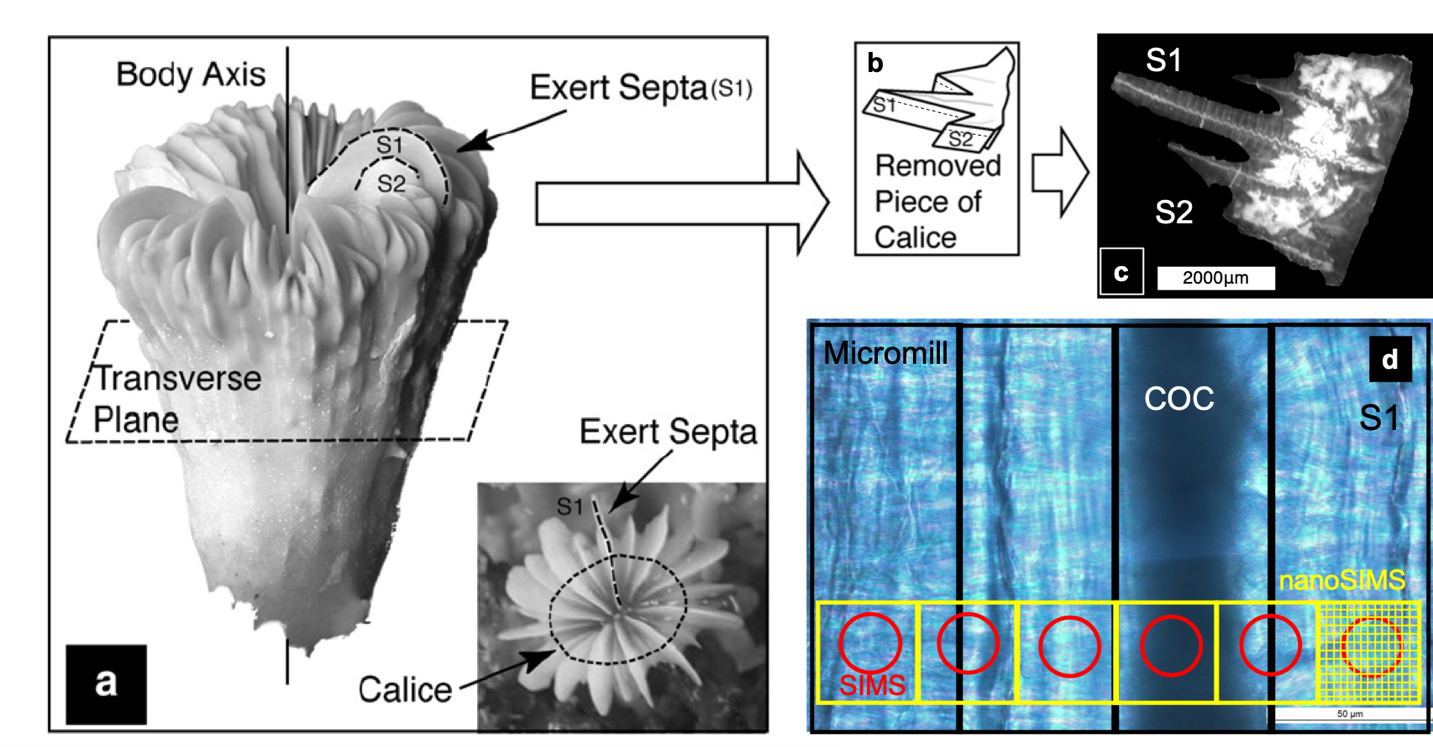
Figure 1 Sampling deep-sea coral skeletons on bulk, micromill, SIMS (secondary ion mass spectrometry) and NanoSIMS scales.
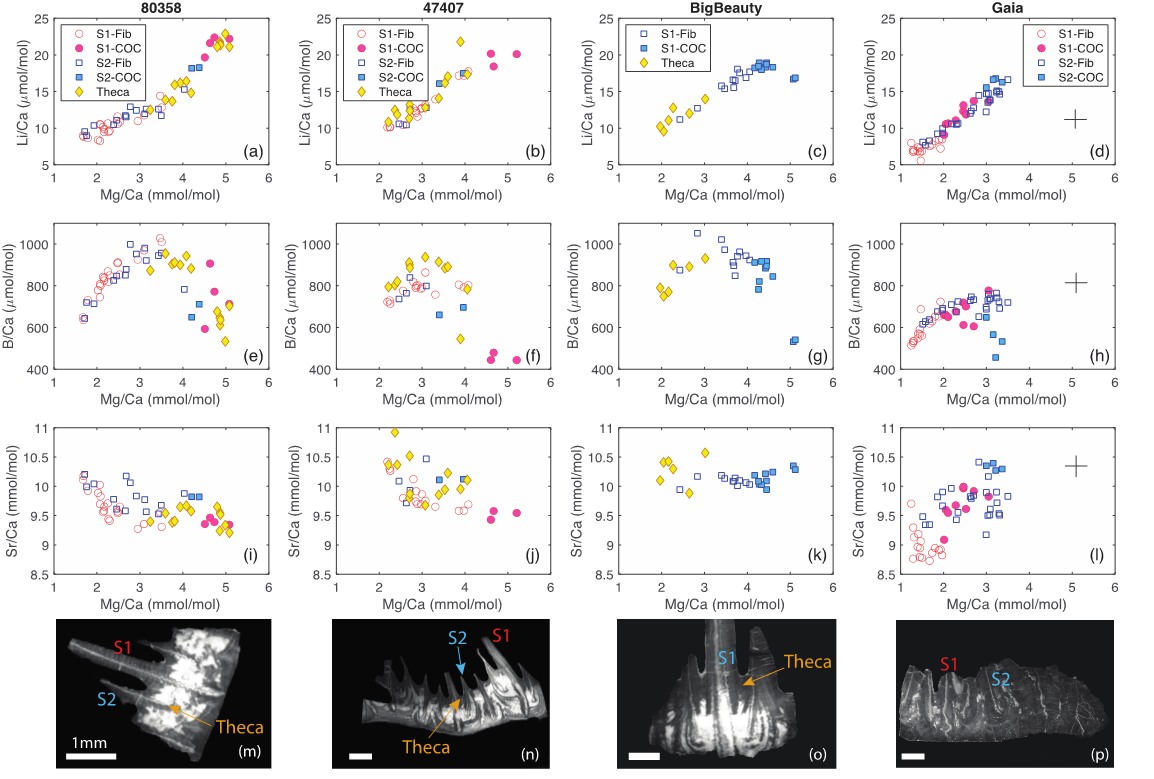
Figure 2 Trace element variability and correlations in individual deep-sea coral specimens from SIMS measurements.
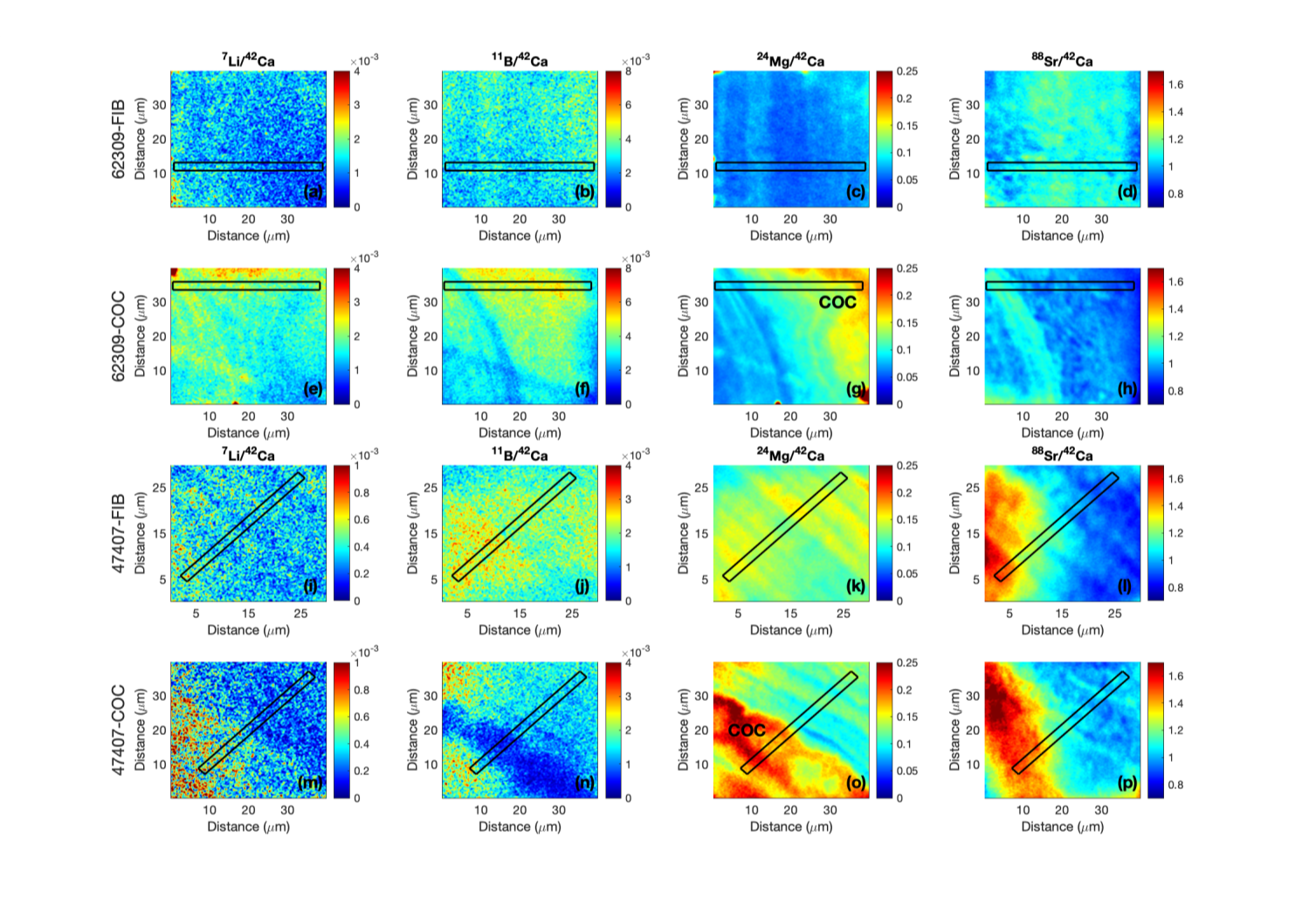 Figure 3 High-resolution trace element variability in deep-sea corals from NanoSIMS mapping.
Figure 3 High-resolution trace element variability in deep-sea corals from NanoSIMS mapping.
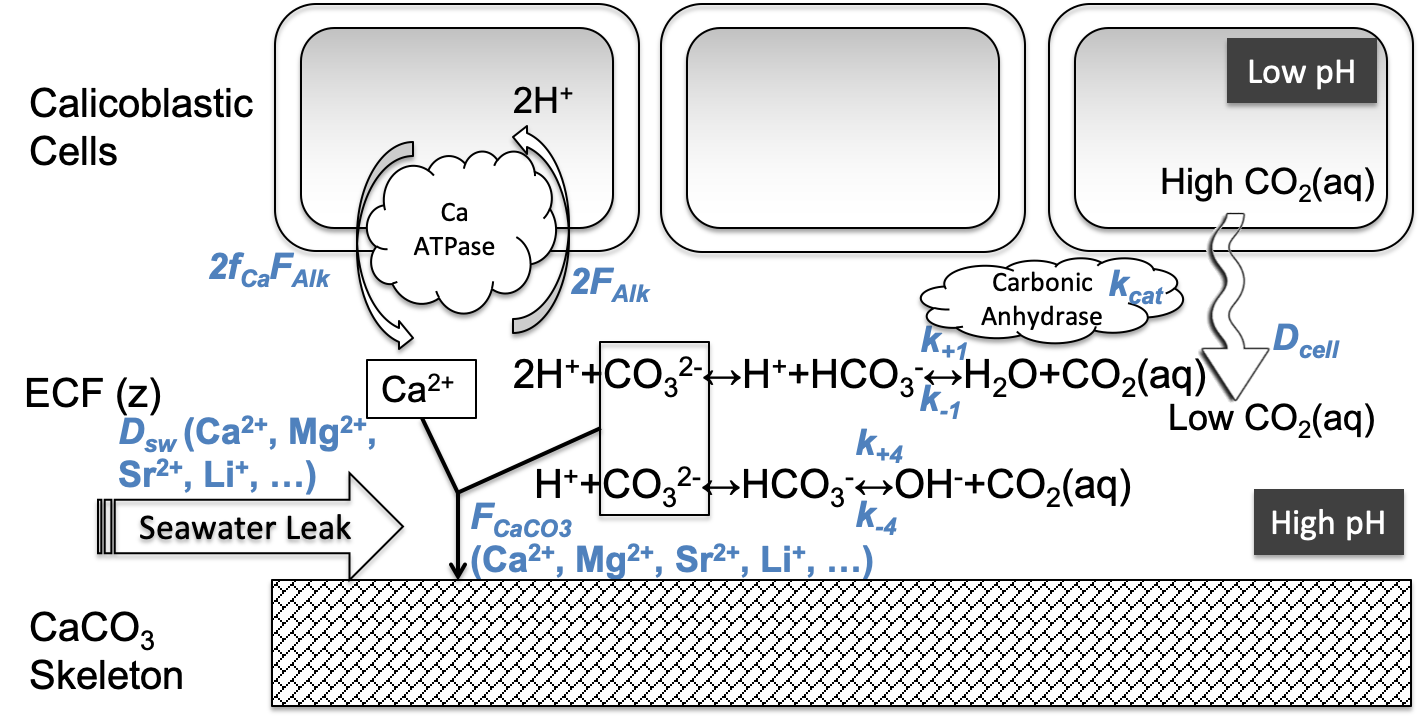
Figure 4 Schematic diagram of the coral biomineralization model and associated geochemical “vital effects”
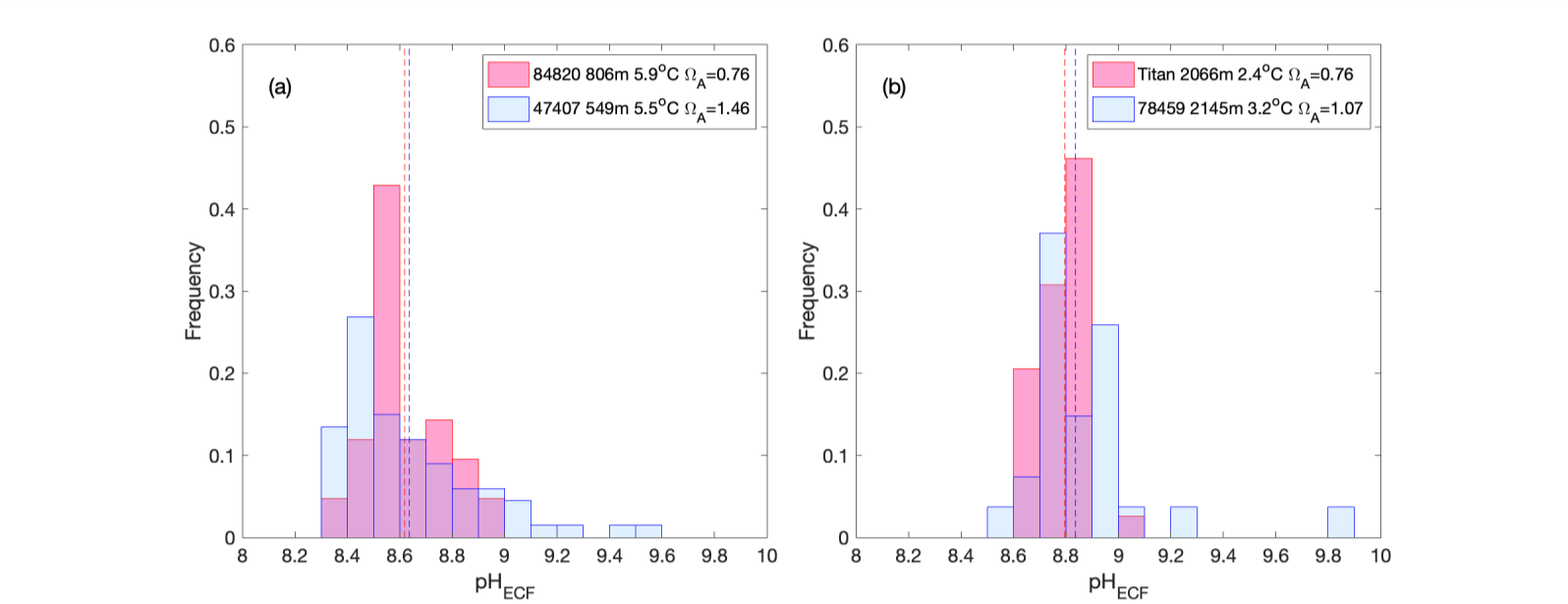
Figure 5 The strength of internal pH elevation in individual deep-sea corals may be sensitive to depth and the aragonite saturation state in the ambient seawater.
Article information:
Chen, S., Littley, E. F. M., Rae, J. W. B., Charles, C. D., Guan, Y., & Adkins, J. F. (2022). Coherent Tracer Correlations in Deep-sea Corals and Implications for Biomineralization Mechanisms underlying Vital Effects. Geochimica et Cosmochimica Acta. https://doi.org/10.1016/j.gca.2022.12.006





